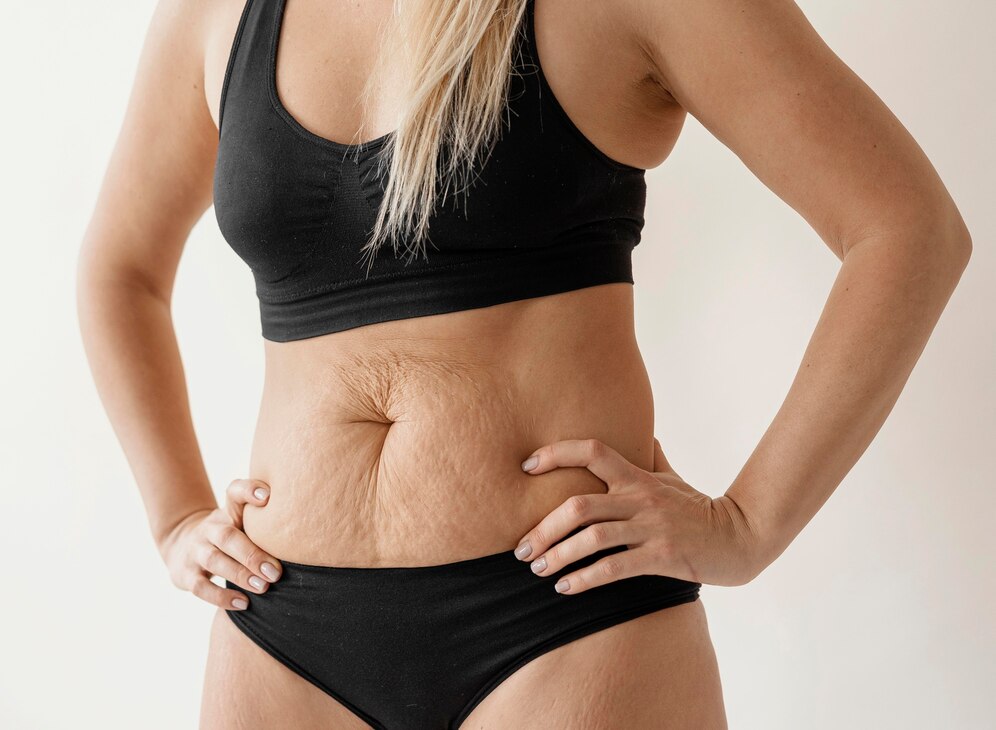Mini abdominoplasty, or mini tummy tuck, is a popular cosmetic procedure that focuses on tightening and contouring the lower abdomen. While the surgery itself is relatively straightforward, understanding the recovery process is crucial for ensuring optimal results and a smooth healing journey. In this guide, we will cover what you can expect during your mini abdominoplasty recovery, including the healing timeline, aftercare tips, and what to look out for post-surgery.
The Immediate Post-Operative Phase
Hospital Stay and Discharge
After the Mini Abdominoplasty In Dubai procedure, you will typically be monitored in a recovery area for a few hours before being discharged. Many patients can go home on the same day, but you will need someone to drive you due to the effects of anesthesia.
Initial Symptoms
In the first few days post-surgery, it’s common to experience:
- Pain and Discomfort: You may feel pain in the abdominal area, which can vary in intensity. Your surgeon will prescribe pain medications to help manage any discomfort.
- Swelling and Bruising: Swelling and bruising are normal after surgery and may increase in the first few days before gradually subsiding.
- Nausea: Some patients experience mild nausea from anesthesia, which usually resolves within a day or two.
Follow-Up Appointments
Your surgeon will likely schedule a follow-up appointment within a week to assess your healing and remove any sutures if necessary. This appointment is essential for monitoring your recovery and addressing any concerns.

The First Week of Recovery
Rest and Activity Level
During the first week, rest is crucial. Here are some important guidelines to follow:
- Limit Physical Activity: Avoid strenuous activities, heavy lifting, and exercises for at least the first week. Gentle walking is encouraged to promote blood circulation and prevent blood clots.
- Sleep Position: Sleep on your back with your upper body slightly elevated. This position can help reduce swelling and discomfort.
- Use of Compression Garments: Your surgeon may provide a compression garment to wear for several weeks post-surgery. This garment helps minimize swelling and provides support to your abdomen.
Diet and Hydration
- Stay Hydrated: Drink plenty of fluids to stay hydrated and support the healing process.
- Balanced Diet: Focus on a healthy diet rich in vitamins and minerals to promote recovery. Foods high in protein can be beneficial for healing.
Managing Pain and Discomfort
- Medication: Take prescribed pain medications as directed. You can also use over-the-counter medications if approved by your surgeon.
- Cold Compresses: Applying a cold compress to the swollen areas can help alleviate discomfort.
Weeks Two to Four: Healing Progress
Decreased Discomfort
By the second week, many patients notice a significant reduction in pain and discomfort. Swelling will also begin to subside, although some swelling may persist for several weeks.
Gradual Resumption of Activities
You can gradually resume light activities, but listen to your body and avoid pushing yourself. Here are some guidelines:
- Light Activities: Start incorporating gentle daily activities, such as short walks and household chores.
- Avoid Strenuous Exercise: Continue to avoid high-impact exercises, heavy lifting, and activities that strain the abdominal area.
Monitoring Your Recovery
- Watch for Complications: Be vigilant for signs of infection, such as increased redness, swelling, or discharge from the incision site. If you experience severe pain, fever, or other concerning symptoms, contact your surgeon immediately.
Weeks Four to Six: Transitioning to Normal Activities
Increased Activity Levels
By the four to six-week mark, many patients feel comfortable resuming most daily activities. You can start engaging in low-impact exercises but should still avoid high-intensity workouts until cleared by your surgeon.
Follow-Up Care
- Regular Check-Ins: Continue attending follow-up appointments as advised by your surgeon to ensure proper healing and discuss any concerns you may have.
- Adjusting Compression Garments: You may no longer need to wear the compression garment, but your surgeon will provide specific guidance based on your progress.
Long-Term Recovery and Results
Final Results Timeline
The final results of your mini abdominoplasty will become more apparent as swelling continues to diminish over the following months. Typically, it may take three to six months for your body to fully heal and for the final contour to be visible.
Scarring
- Incision Healing: The incision will initially appear red or dark, but it will fade over time. Proper care, including sun protection and moisturizing, can help minimize scarring.
Maintaining Results
- Healthy Lifestyle: To maintain your results, adopt a balanced diet and a consistent exercise routine. Avoid significant weight fluctuations, as they can impact the firmness of your abdomen.
Conclusion
Recovering from a mini abdominoplasty is a crucial part of the overall process, and understanding what to expect can help you navigate it smoothly. By following your surgeon’s instructions, taking the necessary time to heal, and listening to your body, you can achieve the desired results and enjoy a more contoured abdomen. If you have any questions or concerns during your recovery, do not hesitate to reach out to your healthcare provider for guidance and support.





Comments